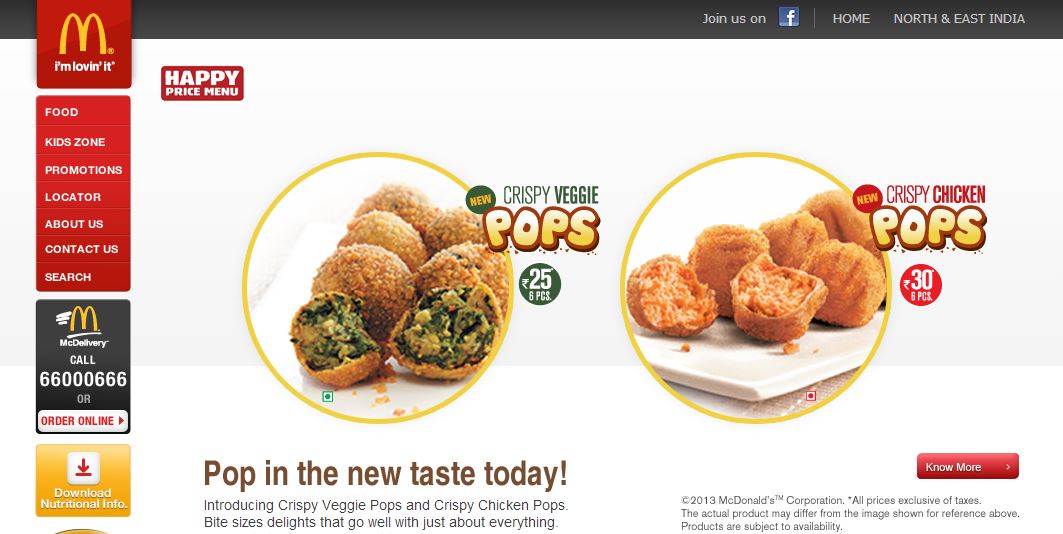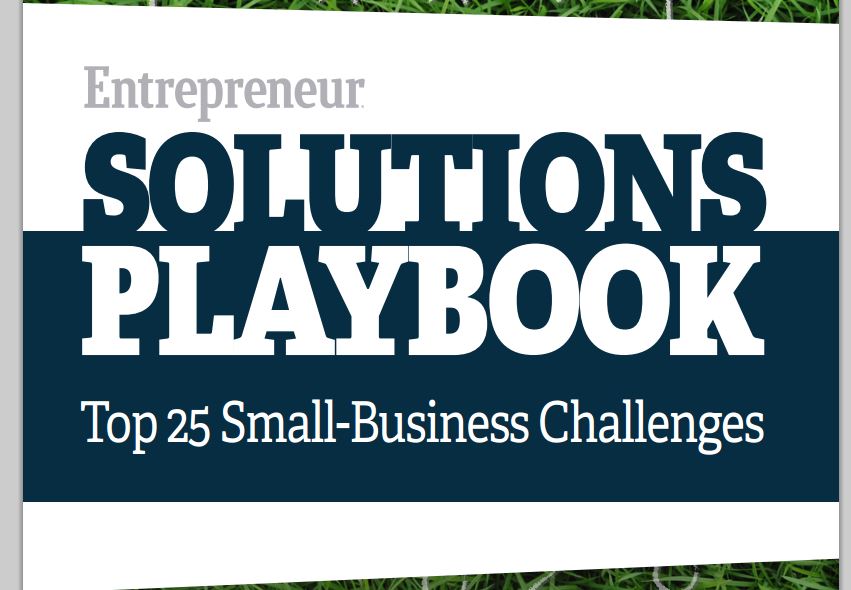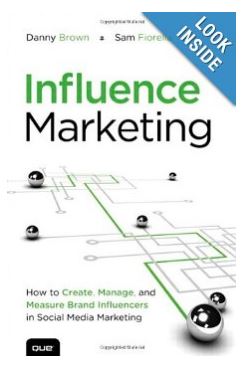3 Ways Color Can Influence Buying Behavior
There are many things that influence human behavior and color is definitely one of them. The effect is often so subtle that we have no conscious realization that we are being influenced by color.
Research shows however, that color can actually influence buying behavior. In fact, color has the power to evoke strong emotional responses and depending on your culture and your geographic location, using the wrong color could be enough to turn potential and existing customers away from your business. As a result many marketers, like myself, have studied the meaning of color and the psychology behind color. So let’s take a 50,000 foot view of color and give you some tips to help you influence customers the right way.
1. Geography and Culture
Sounds straight forward doesn’t it? Not necessarily. You don’t need to be a big company to think about the implications of working in different countries or selling to people of different cultures. In fact, small business really needs to be on top of localization.
One of the best companies for localization is McDonald’s. Small business can leverage the work they have done and apply it to their businesses. For example, McDonald’s has not only adapted the look and feel of their website to meet the local customer’s expectations, but they have changed their menu. In terms of color, we see that Red plays prominently on their website in India. Red is an important color and one that has positive meanings in India.
In Mexico however, red is really downplayed. The website focuses more on the colors that are seen in the Mexican flag.
And in The Netherlands, green is much more prominent than red on the website. The golden arches are encased in green, not red. Again, understanding the implications of color is important so that you can focus the right attention in the right place.
2. Age
This little known fact is one that can significantly impact your prospect or customer base. Understanding age and how color influences decisions is important if your business focuses on a specific age group.
According to research, green is a color that is more acceptable to people up to about 50 where as orange is a color that, as a person ages, is generally not preferred. Additionally, as people age, the darker and strong the color, the more it is not desired. Blue is consistently acceptable and preferred across all age groups.
If you are marketing to baby boomers, be sure to know what colors to fully leverage and which to stay away from.
3. Psychological Impact of Color
It is true, colors bring on emotion. Different colors mean different things. Silver for example, brings about the emotion of calmness and if more on the gray side, it can bring about an emotional response of security, modesty or even intelligence. Red in China is a sign of happiness and vitality. When sending flowers to a family who is grieving and close to their Asian culture, be sure to send flowers that do not contain red.
For more information on the meaning of color, what emotions they evoke and how to use color, check out Using Color to Influence Buyer Behavior.
Takeaways: Do your homework. Look at what other companies have done and take cues from them. Hire professionals who know about localization and understand how color can influence prospects and existing customers.










